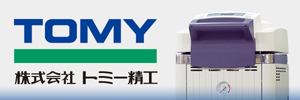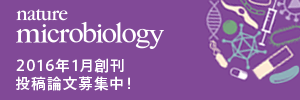PA-007:Occurrence and fate of Synechococcus in the dark hypolimnion in deep freshwater Lake Biwa
1AORI, Tokyo Univ., 2CER, Kyoto Univ.
The Cyanobacteria of the genus Synechococcus (Syn) is widely distributed freshwater lake world wide. They are one of the groups with the smallest size in phytoplankton communities, and are vulnerable to microzooplankton grazing. Thus, previous studies have concluded that most of their production is readily removed from surface layer (epilimnion). In deep freshwater lakes, the hypolimnion is separated from the epilimnion by the thermic barrier of thermocline, and is generally aphotic, and less understood aquatic habitat. The hypolimnion receives organic matter from the overlaying the epilimnion in the form of particulate organic matter after substantial modification by heterotrophic activities during vertical transportation. This residual organic matter flux supports production of the hypolimnetic ecosystem. Previous our study revealed that this transported organic matter is not only originated from senescent large eukaryotic phytoplankton, but also derived from a substantial amount of intact Syn cells (Takasu et al. 2015). Thus, Syn might be an important organic matter source for the hypolimnetic ecosystem. However, the role of Syn in food web and/or matter cycling of the hypolimnion remains unknown. To address this issue, we assessed the fate of Syn in the hypolimnion of a large freshwater lake, Lake Biwa. The protistan grazing and viral lysis mortalities, two important determinants of fate of picoplankton, were preliminary estimated for the hypolimnetic Syn by the modified dilution method during the early thermal stratification period in 2015. Our result supported the previous notion that the hypolimnetic Syn cannot grow at the in situ temperature (8 °C) in dark. High grazing mortality rate of Syn was detected, whereas viral lysis on Syn was not significant. This finding suggests that protistan grazing play a key role in removal of hypolimnetic Syn cells, that is, biomass of sinking Syn contribute food web of the hypolimnion.
keywords:Synechococcus,Grazing mortality,Virus-mediated mortality,Hypolimnion,Lake Biwa




